All About Garden Hand Drills

Each summer resident has his own set of tools, which cannot be done without on the farm. One of these is the garden hand drill, which does an excellent job with earthworks and is an invaluable assistant for gardeners. Previously, vertical shovels were used to dig holes and holes. Now there is an alternative - manual augers, thanks to which it became easier and better to work on the site.

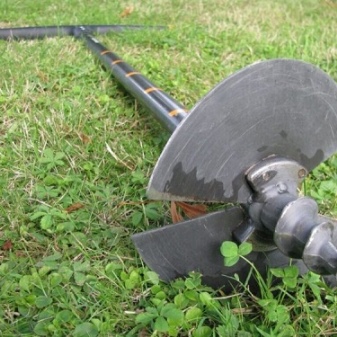
Peculiarities
The garden hand drill is used for drilling various wells in the ground. It goes into the ground like a corkscrew, in order to insert it to the desired depth, you need to apply force. After passing the drill to a certain depth, it is lifted up without rotation - to remove soil from the blades. As a result of such simple actions, wells with an even edge can be obtained in a short time.
One person can work with the drill. It produces rotational movements around the axis and presses on the drill from above. It must be taken into account that a certain force is required to perform these actions. Therefore, before using a manual drill on a garden plot, it is advisable to decide on such questions.
- What are the dimensions of the holes?
- How many holes are required in a given area?
- What is the soil on the site?
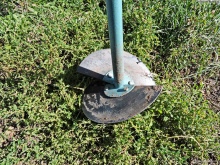

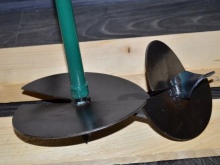
The garden drill has many benefits. When working with him, no special knowledge is required, he does not need consumables, he has light weight, thanks to which there are no problems with transportation. You can store the tool in the same shed, it will not deteriorate from this. With the help of a drill, you can do wells of different diameters, but for this you need to purchase various replaceable nozzles and change them as needed.
There is a widespread belief that the hand drill is very easy to use. But even when working with this tool, in order to obtain a high-quality result, you need to take into account several rules.
- The drill must be installed evenly and drilled strictly vertically.
- It is necessary to start the rotation of the handles straight without tilting the device to the side, as this will lead to a roll - this will change the angle of the wall of the fossa.
- Remove the drill to the surface, and then clean the discs from the ground.
As a result of successive actions, pits and holes of a specific diameter are obtained, in which the walls will not collapse and the soil will not sag. Also, the benefits of a hand drill include low cost and availability - the model can be purchased in many stores or ordered on the Internet, and the ease, maneuverability and the ability to drill holes in hard-to-reach places delight many users.
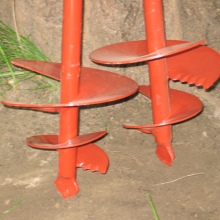
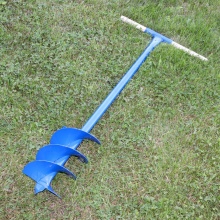
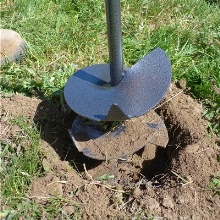
Views
Garden hand drill is a very simple design. This is a rod or rod made from a pipe with a diameter of 25-35 mm. At the lower end of the rod, disks are welded at an angle. Two types of garden hand drills are widespread. Each type has a sharp base, which provides centering of the drill, and a cutting edge (one or more). All garden manual hole drills are divided according to the type of cutting part into the following options.
- Augers are advanced manual models. Behind the cutting blades is a screw auger for drilling. They powerfully bite into the ground and lift up the crushed soil due to the work of the self-tapping screw. Thanks to the augers, work is done very quickly. They are used for drilling deep holes of small diameter, for example, under fence posts or fences.It is difficult to make such drills on your own, but it is much easier to work with them. Auger drills are used to drill almost all types of wells. Some models have a serrated edge to loosen the soil.
Augers are standard - for normal soil; rocky - for drilling out stones and rocks; for frozen ground.
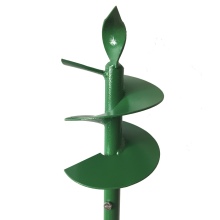
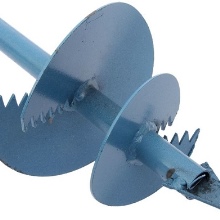
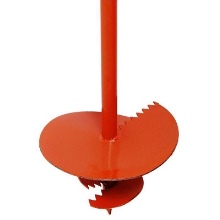
- Disk - the easiest option, these drills consist of a disc cut into two halves, which are installed at an angle relative to each other. They are easy to make yourself. Many artisan gardeners are perfecting hand augers to make their work easier. For this, the drill is used as an attachment for a drill or a hammer drill. This use of an electric construction tool gives great advantages over a mechanical drill and allows drilling wells without much labor and with greater efficiency.
This design is used most often for drilling holes in the ground under piles or poles. If it is not possible to use a power tool, you can use a screwdriver attachment. To drill deeper wells, drill bits with an extension are used. Its length is 60 centimeters, and this allows the drill to be enlarged to the desired size.
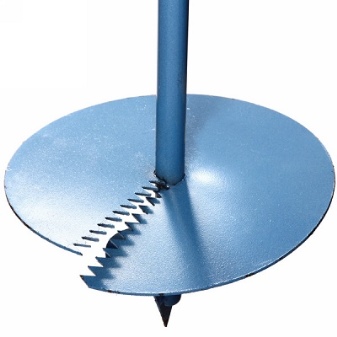

Applications
A garden hand drill is used for various types of earthworks at a summer cottage, its scope is varied. It is irreplaceable for giving, as it is the most convenient and simple tool for drilling deep and narrow holes. The soil drill can be used for:
- drilling holes for planting seedlings;
- drilling holes for poles, fences, piles for the foundation of various buildings and gazebos;
- drilling holes for planting trees and plants;
- loosening non-stony soil for further irrigation and plant nutrition.
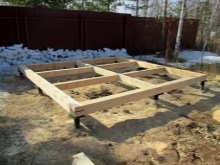
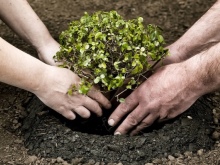
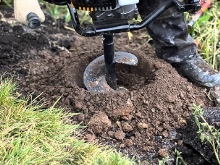
An earth drill can even drill tunnels for laying ventilation systems and communications. The drill can be used to drill through soil and clay, although this is a more labor intensive process. Several holes are often drilled around trees and shrubs, through which portioned watering is carried out with the help of inserted tubes. There are no obstacles to the penetration of water, and this is very important for the soil in dry times. It is convenient to use a drill for feeding tomatoes and other plants. 4-5 holes are drilled, and fertilizers are placed in each.
Such feeding is better absorbed, since plants and shrubs make better use of fertilizers applied to a depth.
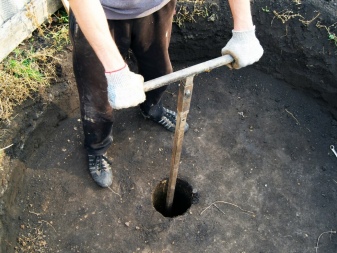

Dimensions (edit)
Many garden owners are making improvements to their gardening technique and making augers with replaceable blades, since a drill with a fixed disc size will not be able to do many tasks. For this, a screw connection is made, onto which nozzles of different diameters are screwed. For soil processing, nozzles with a diameter of 100, 150, 200, 250 and 300 mm are most in demand.
Thanks to this solution, the functions of the manual garden auger are significantly expanded. The drilling depth reaches 1.5 m. It should be noted that it is impossible to use the tool manually with a disc with a diameter of 300 mm. For such work it is necessary to involve a second person.
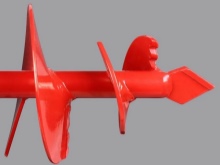
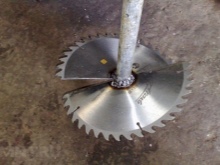
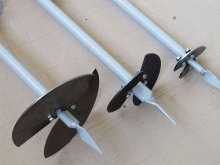
Top Models
In Russia, three brands of hand drills are considered the most popular among summer residents and gardeners:
- the first place in the rating is taken by the “Expert” model from the “Zubr” company;
- second place - Fiskars Quikdrill;
- third place - "Tornado-Profi".
The rating was compiled on the basis of feedback from users who constantly use hand drills on their sites, taking into account the technical characteristics of the models, ease of use.
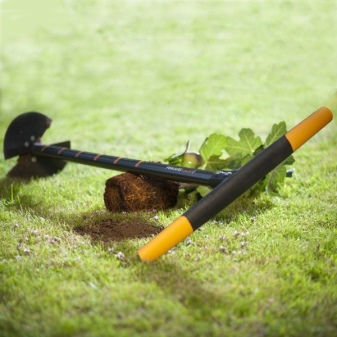
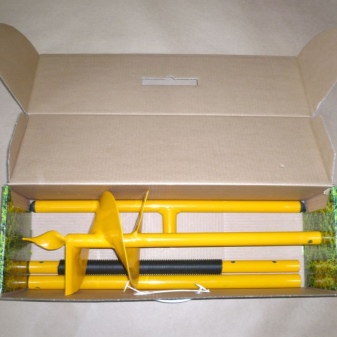
"Expert" from the Zubr brand is the most efficient drill. Its rating is 5.0, and such a device is manufactured in China. Its advantages:
- the presence of two screw cutters of a larger and smaller diameter - the smaller mill enters the ground, and the larger one expands the walls of the well, which significantly speeds up the work;
- modification of the tool according to the needs of the owner, that is, the possibility of disassembly and assembly allows you to install any attachment;
- the ability to increase the useful length with an extension cord from 1.2 to 1.8 m;
- features of the auger, thanks to which the soil, rising from the hole, does not crumble;
- increased speed when working in loose soil;
- the presence of a self-sharpening auger that easily drills difficult areas of the soil;
- the presence of a tee that adjusts the position of the handle;
- increased strength and durability due to the material of manufacture - galvanized steel.
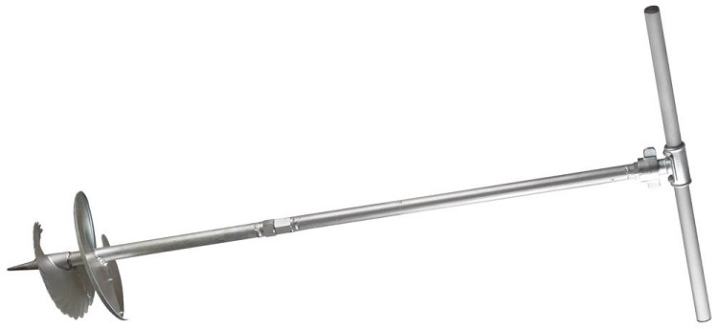
Fiskars Quikdrill Model has a rating that is 4.8. Produced in Poland and has the following advantages:
- an improved model, in which the usual screw device is replaced by two knives, they are located opposite each other at a certain angle and significantly increase productivity;
- the presence of two removable blades that can be replaced by choosing a knife of a different size;
- working diameter 150 mm, which is optimal for installing fence posts;
- the handle is made of hardened steel, which significantly increases the strength and resource of the drill, the handle is made of composite material;
- the presence of a measuring scale on the handle with a step of 10 cm, which simplifies the land work.
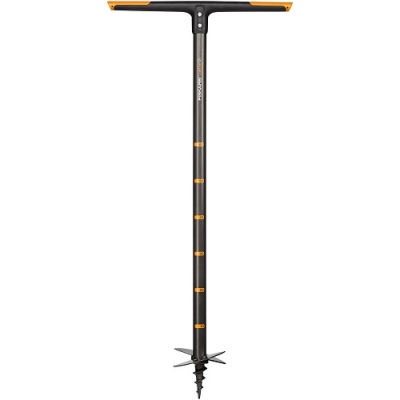
"Tornado-Profi" pleases users, based on their ratings, the device has a rating of 4.7. Such a miracle of technology is produced in Russia using standard technologies. Advantages:
- the cutting part of the tool drills holes with a diameter of 20 cm, ideally even even in heavy soil;
- easily drills wells up to 4 meters deep, has the best performance when drilling in the ground;
- hand forging a working steel part, which confirms the high quality of workmanship;
- lightweight handle;
- the ability to adjust the height of the drill from 1.47 to 1.56 m.
All these models are widely used in summer cottages and are not going to give up their positions.
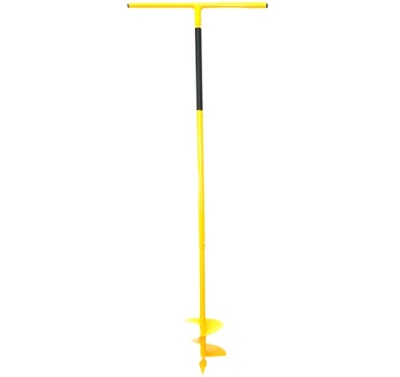
How to choose?
To select a high-quality and inexpensive yamobur, you need the following.
- Decide what you will use the drill for, what diameter and depth holes will be drilled.
- Carefully study the instructions for the technical capabilities of the drill (blade type, speed mode, screw diameter).
- Pay attention to power. For garden work, 3.5 hp is enough, and for more serious work, you need to choose a model with more power.
- Consider the material used for the cutting elements.
- Determine the comfort of the handle.
- Purchase a drill in specialized stores.
You need to understand why you need a hand drill. For rare use, for planting plants and trees, a simple hole drill with one cutter is suitable. If you need to install a foundation, a fence or a gazebo on the site, then it is better to use a drill with an extension cord and an extension bar.
When working with clay and sandy soil, it must be borne in mind that it is better to carry out the work together.
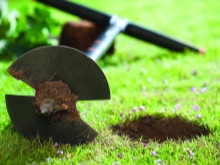
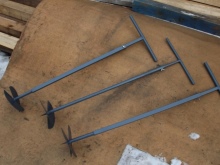
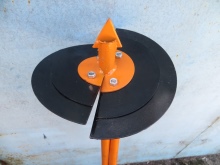
It is important to understand that the use of a hand drill is not just a fashion trend, but a necessity. Many works in the country can be done with a shovel, but not all. Using a shovel, you can dig a wide hole in which the earth will be loose and free-flowing. To make a pit with even edges so that the soil does not crumble, you can only use a drill. Also, the use of a drill does not violate the integrity of the soil, so there are no problems with the removal of land. Therefore, a manual garden drill on the site is simply irreplaceable.
Consider the following points:
- if concreting or planting of plants is not carried out in the drilled holes on the same day, it is worth covering these holes in order to avoid the ingress of precipitation and dirt;
- their physical strength, since when drilling it is necessary to apply a certain physical strength, therefore it is undesirable to carry out work on drilling holes in hot weather in the sun or when you feel unwell;
- a hand drill is ineffective on stony and heavy soils, so it is better to save your strength and use a more powerful tool;
- drilling holes with a diameter of more than 200 mm is best done with two people.
For more efficient work on the site, it is better to choose an auger earth auger. This will greatly facilitate the work of the summer resident, since this drill will divert the land from the drilling zone.
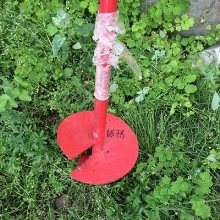
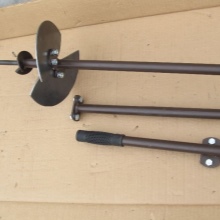

Tips for use and care
Manual garden drills are recommended to be used for their intended purpose: to drill holes and holes with those tools that are suitable for these works by their characteristics. It is imperative to take into account the type of soil so as not to spoil the discs of the apparatus.
The normal desire of every summer resident is for a garden drill to last as long as possible and it could be used for a long time for important and necessary work. This means that the drill must be protected and looked after. And for this it must be kept clean and periodically sharpened. Before you sharpen the tool, it is imperative to wash it. You can use dishwashing detergent, thinner, gasoline, or acetone. Dirt, grease, adhering soil and plant sap are removed from the tool. Then you need to start sharpening and use not a single abrasive, but different ones:
- a coarse abrasive is suitable for initial roughing, and if the tool is not very blunt, this stage can be dispensed with;
- for grinding after a coarse abrasive, a medium abrasive is used;
- fine abrasive is used for fine grinding, deburring from medium abrasives and dressing of the cutting edge;
- at the end of the process, a very thin abrasive is used, a grinding paste is applied to the flannel, microbursts are removed, the tool is polished.

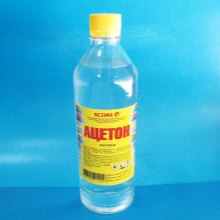
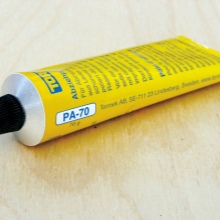
Processing with a thin and very thin abrasive is carried out slowly, without strong pressure, and only by hand. Do not put pressure on the abrasive when sharpening. This is useless and harmful, as the wear of the abrasive increases and a large burr forms. Before changing the abrasive, the tool must be flushed, this cleans it of particles of a larger abrasive. To do this, you can use water with soap and lye. The result of sharpening can be assessed with a magnifying glass, visually, so that notches and micro-chips are revealed. You can also moisten the tool with kerosene. It goes into cracks and shows them better. The drill disks should not be cleaned with any hard devices, they should not be knocked on something, this will shorten their service life.
After finishing garden work, the drill must be wiped clean and dry with a rag and lubricated with a thin layer of machine oil. If the tool is not used for a long time, it is better to keep it covered. This is also recommended for safety reasons.
Respect for hand tools will allow you to use it for a long time for a variety of jobs.
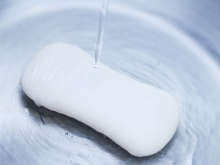
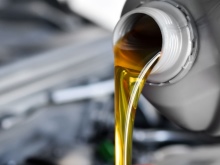




































































The comment was sent successfully.